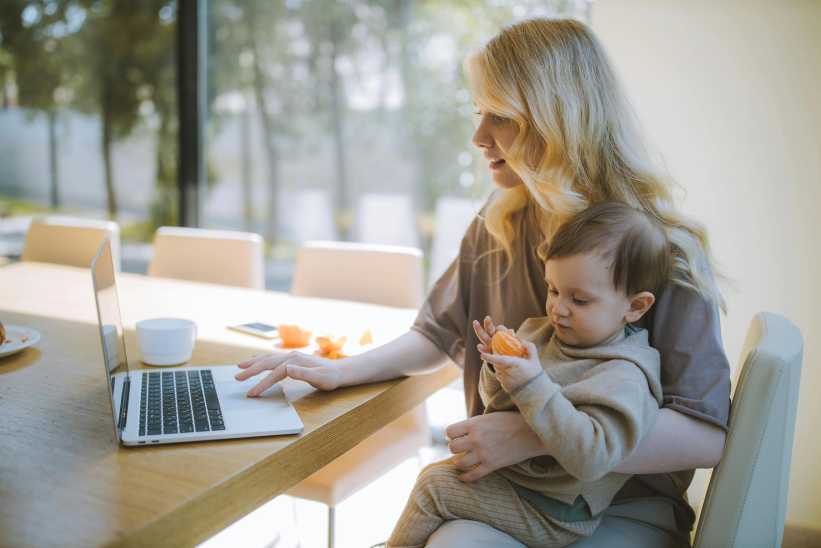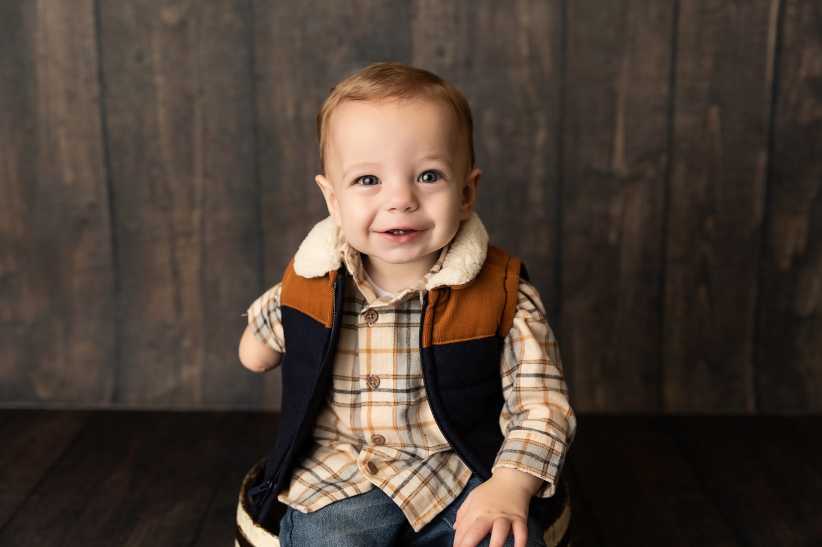Inhale: one, two, three, four. Exhale: one, two, three, four.” When I was hired to tutor a high-school student as she completed a rigorous senior project, she didn’t expect that we would begin each session by slowly counting breaths. And yet, there we were, inhaling and exhaling to a count of four, until her racing mind settled, and she became able to take on her next task.
Her project was significant: it included a written report, a Powerpoint demonstration, and lecture to her class. Whenever we met, she seemed bombarded by the overwhelming scope of the workload and how to connect each interrelated task. Her mind could not prioritize what to do first. When I initially proposed using breathing techniques to her father, I found him very supportive — as a professionally trained actor having done exercises like this for years, he immediately understood what I hoped to achieve.
So we began each tutoring session with breath work, an activity that offered her a sense of control over her anxiety. She was then better able to break her tasks down into manageable chunks and follow them through to completion. Eventually, she was able to practice these exercises on her own, and used them throughout the day as needed.
She completed the project with an A-minus, a significant improvement from her usual low “B”-range marks. Even more importantly, she learned a self-regulating skill that would serve her throughout college and beyond. Without taking a few minutes to really pause before jumping into her schoolwork every session, the rigorous tutoring we did could have become just one more pressure in her busy life.
Goldie Hawn (yes, the actress), is actually one of the champions of this modern-day mindfulness movement. She developed MindUP, an organization that has currently reached more than 150,000 students worldwide, teaching them how to find a “happy place” in their minds. The students and families I work with prefer creating their own individualized phrase or visualization to help them settle and focus, but the bottom line is that it works. A study of more than 3,000 children in the San Francisco Unified School District found that children who practiced MindUP meditation techniques over the course of eight weeks had dramatically improved math scores than non-participants. The program also decreased suspensions, expulsions, and dropout rates. One analysis of some 270,000 kids in social and emotional learning programs from preschool through high school revealed that MindUP kids also have better regulated levels of cortisol, a hormone related to stress, and improved executive function — the capacity to organize and reason.
Having implemented guided meditation techniques in the classroom when I taught at a specialized school for children with learning disabilities in Manhattan, I witnessed firsthand how much more focused students can be when they are given a real opportunity to settle at the beginning of a lesson — especially if it’s a class made up entirely of 11-year-old boys! Taking this mindfulness approach into tutoring sessions has afforded me the opportunity to see how students of all ages can make use of these techniques.
Recently, I worked with a hyperactive first grader who was very apprehensive about his homework. We started our sessions with a short, guided visualization. The boy chose the color blue to represent calm, and red to symbolize fear. Then, he imagined inhaling the color blue, and exhaling the color red. After doing this for a few minutes, his whole demeanor changed — he became more present and was able to focus on his schoolwork for the full 45-minute session.
Another student — a sixth grader — frequently experienced panic attacks while doing math work and preferred the idea of creating personal slogans for herself to use during tests.
She would normally panic during difficult questions, skip them until later, and then lose her confidence through the rest of an exam. Instead, she began to say to herself: “Inhale calm, exhale fear, I know my material.” It sounds simple, but the slow breathing and self-created “mantra” helped her brain’s executive functioning, gave her the ability to self-soothe, refocus, and sit through discomfort to reach an important goal.
My husband works with children with learning disabilities as a Craniosacral Therapist. He says, “The first issue I address with a child is to help his or her nervous system feel safer, which then allows their mind to literally become more spacious, creative, and better able to assimilate information. By the time many kids reach me, their minds have already gotten used to flying into survival mode when facing overwhelming subjects, and some are already developing migraines and other physical symptoms.”
Many times, he invites parents to participate in their child’s sessions, so they, too, can bring a greater calm to their child’s learning process, instead of inadvertently being a source of their child’s anxiety.
Children can face so many pressures these days, but I’m hopeful that techniques to alleviate their anxiety and help them to become stronger learners are all around us. For example, many of my students’ parents take yoga classes, and have taken what they’ve learned on the mat and applied it to their personal lives. My job is to help them also extend these strategies to their children. If there’s one slogan I could share with this city’s families, it would be that one simple, powerful phrase my sixth-grade student invented, and one I find myself using: Inhale calm, exhale fear, I know my material.
Gwen Horwitz is the founder of Tutoring With a Twist. Before developing this tutoring agency, she taught at the Gateway School. Horwitz is also a certified yoga and prenatal yoga instructor. Visit tutoringwithatwistnyc.com.
Joshua Horwitz is a Biodynamic Craniosacral Therapist and owner of Craniosacral East. Prior to being a Craniosacral Therapist, he taught leadership skills in public school and art in preschools. Visit www.craniosacral-east.com.




















